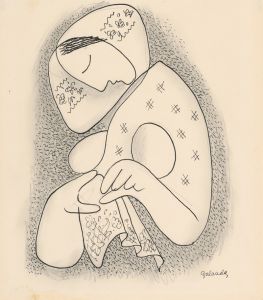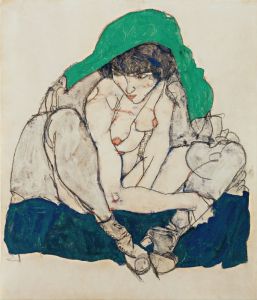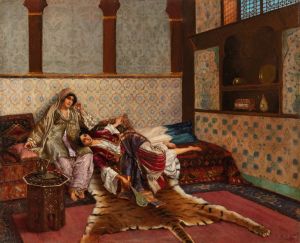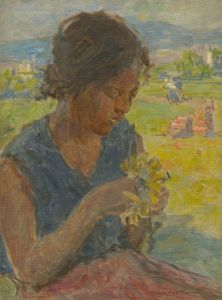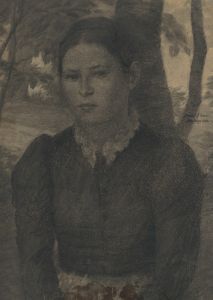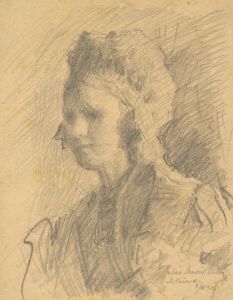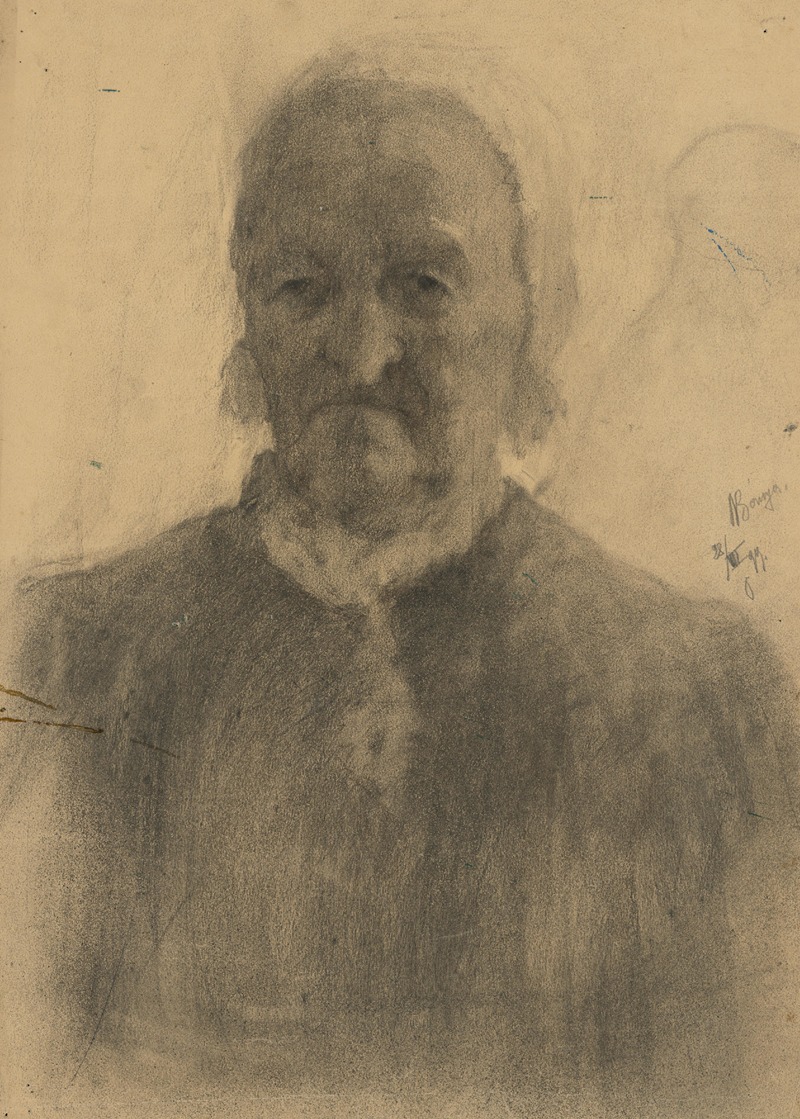
Podobizeň starenky s čepcom na hlave
A hand-painted replica of Elemír Halász-Hradil’s masterpiece Podobizeň starenky s čepcom na hlave, meticulously crafted by professional artists to capture the true essence of the original. Each piece is created with museum-quality canvas and rare mineral pigments, carefully painted by experienced artists with delicate brushstrokes and rich, layered colors to perfectly recreate the texture of the original artwork. Unlike machine-printed reproductions, this hand-painted version brings the painting to life, infused with the artist’s emotions and skill in every stroke. Whether for personal collection or home decoration, it instantly elevates the artistic atmosphere of any space.
Elemír Halász-Hradil was a notable Slovak-Hungarian painter, born on December 18, 1873, in Komárno, which was then part of the Austro-Hungarian Empire. He is recognized for his contributions to portrait painting and his ability to capture the essence of his subjects with a distinct style that often reflected the cultural and social aspects of his time. One of his works, "Podobizeň starenky s čepcom na hlave" (Portrait of an Old Woman with a Bonnet on Her Head), exemplifies his skill in portraiture.
This painting is a fine example of Halász-Hradil's attention to detail and his ability to convey the character and personality of his subjects. The artwork depicts an elderly woman wearing a traditional bonnet, a common headwear for older women in Central Europe during that period. The bonnet is intricately detailed, showcasing the artist's meticulous approach to texture and fabric. The woman's expression is serene yet introspective, suggesting a life of experience and wisdom.
Halász-Hradil's use of color and light in this painting is noteworthy. He employs a subtle palette that enhances the subject's features without overpowering them. The background is kept simple, ensuring that the focus remains on the woman's face and the details of her attire. This technique is characteristic of Halász-Hradil's portraits, where the subject is always the central element, and the background serves to complement rather than distract.
The painting is also a reflection of the cultural heritage of the region. The traditional bonnet signifies the woman's connection to her cultural roots, and Halász-Hradil's choice to portray her in this manner highlights the importance of cultural identity during a time of significant political and social change in Central Europe. The late 19th and early 20th centuries were periods of transformation, with the Austro-Hungarian Empire experiencing shifts that would eventually lead to its dissolution after World War I.
Elemír Halász-Hradil's work, including "Podobizeň starenky s čepcom na hlave," is an important part of the artistic heritage of Slovakia and Hungary. His paintings are appreciated for their historical and cultural significance, as well as their artistic merit. Halász-Hradil continued to paint and contribute to the art world until his death on September 2, 1948. His legacy is preserved through his artworks, which continue to be studied and admired for their portrayal of the human condition and their connection to the cultural history of the region.
In summary, "Podobizeň starenky s čepcom na hlave" is a testament to Elemír Halász-Hradil's skill as a portrait artist and his ability to capture the essence of his subjects. The painting not only showcases his technical abilities but also serves as a cultural artifact, reflecting the traditions and identities of the people he portrayed.






